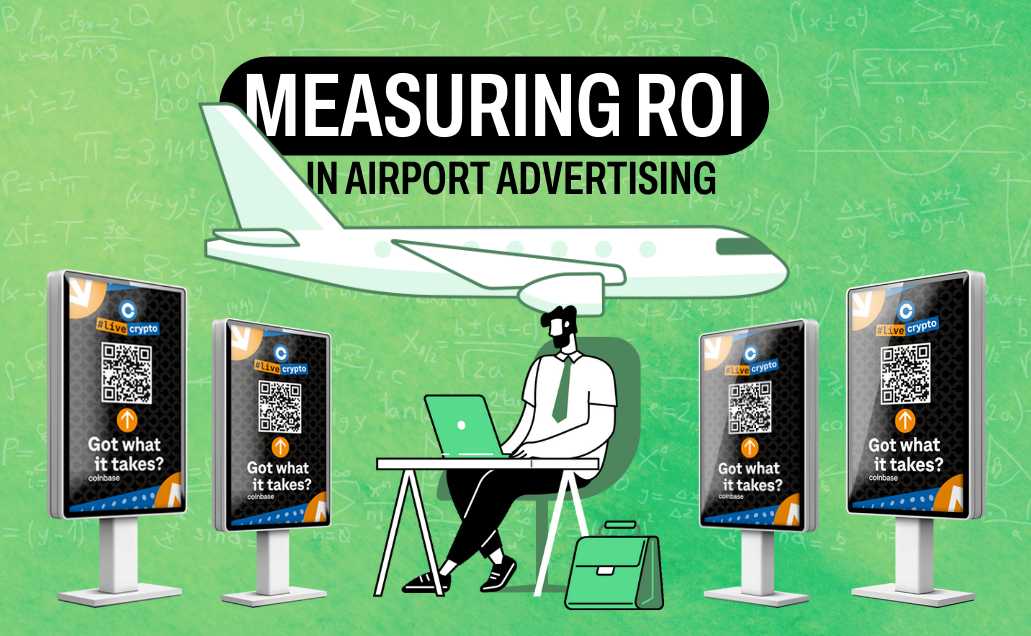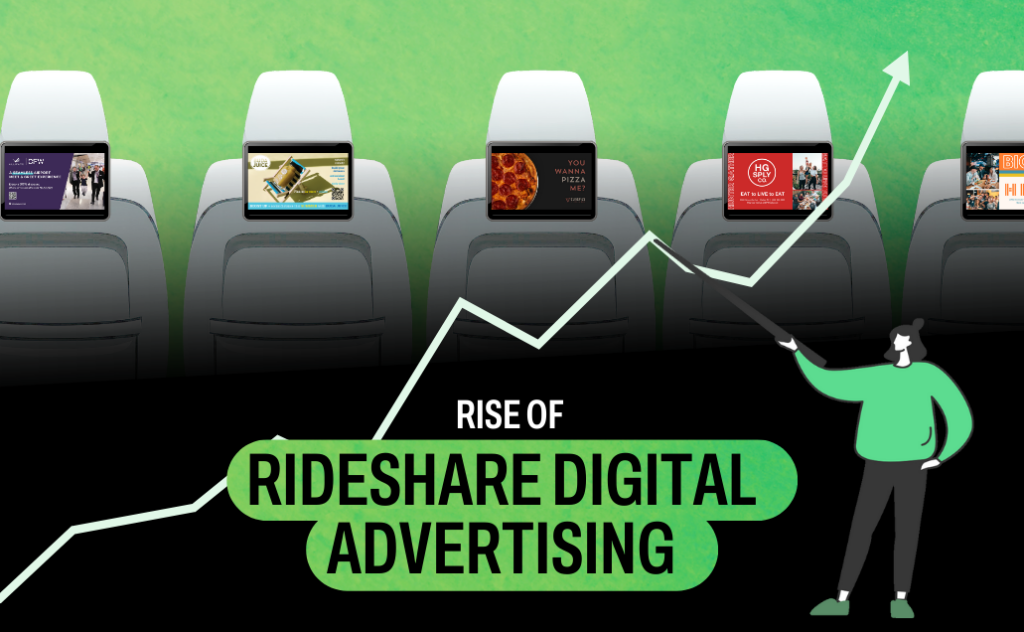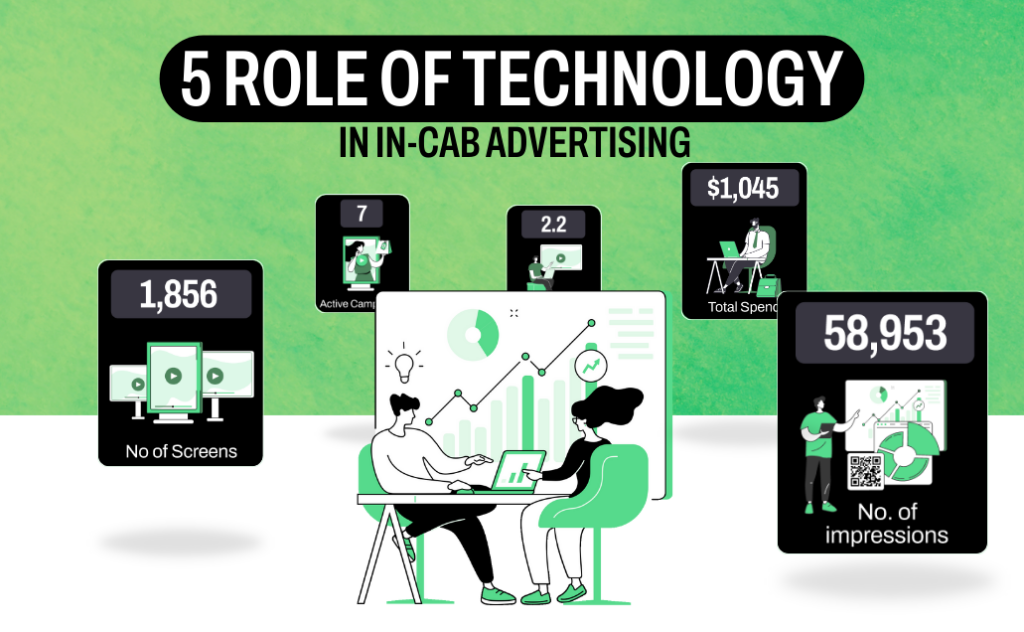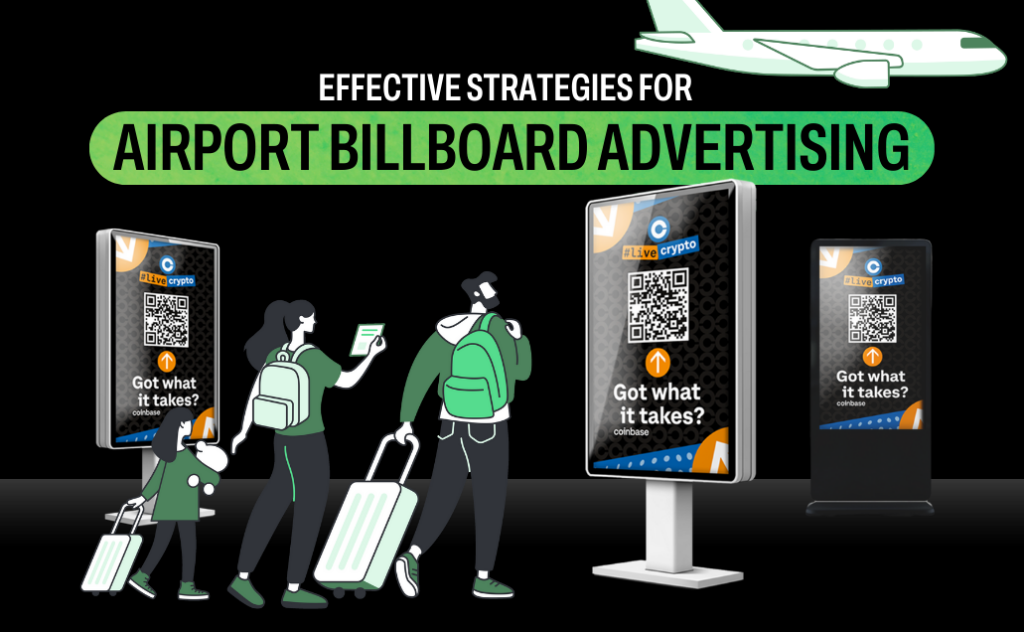Understanding Airport Advertising
Airport advertising encompasses a range of formats, from traditional billboards and posters to modern digital displays and interactive kiosks. The goal is to engage passengers in a high-traffic, high-engagement environment. Airport digital ads, in particular, offer dynamic and visually compelling content that can capture attention and influence behavior. To assess the success of these campaigns, it’s essential to understand how to measure their ROI accurately.
Key Metrics for Measuring ROI in Airport Advertising
1. Impressions and Reach
One of the primary metrics for evaluating the effectiveness of airport advertising is the number of impressions and the reach of the campaign. Impressions refer to the number of times an ad is displayed to passengers, while reach indicates the total number of unique individuals who view the ad. For airport digital ads, this can be tracked using advanced analytics provided by digital display systems, which often include data on viewership and engagement rates.
To measure impressions and reach, you can use digital display analytics tools that provide real-time data on how many times your ad is shown and how many people have seen it. This data helps determine the visibility of your campaign and whether it is reaching your target audience effectively.
2. Engagement and Interaction
Engagement metrics are crucial for understanding how passengers interact with your airport digital ads. For interactive displays, this includes tracking interactions such as touchscreen engagement, QR code scans, or participation in digital contests. Engagement metrics can provide insights into how well your ad resonates with viewers and whether it prompts them to take action.
For non-interactive digital ads, engagement can be measured through secondary actions, such as increased web traffic or social media mentions. For instance, if your airport ad promotes a special offer, you can track the number of visitors to your website who came from the airport’s location. Analyzing these interactions helps gauge the effectiveness of the ad in driving passenger interest and action.
3. Brand Recall and Awareness
Brand recall and awareness are essential metrics for evaluating the impact of airport advertising on passenger perception. Surveys and focus groups can be used to assess how well passengers remember your brand and its message after seeing the ad. Conducting post-campaign surveys or interviews with travelers who have been exposed to your airport ads can provide valuable feedback on how memorable and influential the campaign has been.
Additionally, digital tools and social media analytics can help track brand mentions and sentiment related to your airport advertising. Monitoring online conversations and social media activity related to your campaign can offer insights into the overall awareness and perception of your brand.
4. Conversion and Sales Metrics
Ultimately, the success of airport advertising is often measured by its impact on conversions and sales. Conversion metrics include tracking the number of passengers who take specific actions as a result of seeing the ad, such as visiting your website, signing up for a newsletter, or making a purchase. For airport digital ads, this might involve tracking promo code usage or monitoring changes in sales figures related to the campaign.
To accurately measure conversions, you can use tracking tools and analytics platforms that link ad exposure to subsequent actions. For instance, if your ad promotes a travel deal, you can track the number of bookings made using a unique code provided in the ad. This data helps determine the direct financial impact of your airport advertising investment.
5. Cost Efficiency and ROI Calculation
Cost efficiency is a critical metric for evaluating the overall ROI of airport advertising. To determine whether your investment is delivering value, compare the cost of the advertising campaign to the outcomes achieved. This involves calculating metrics such as cost per impression, cost per engagement, and cost per conversion.
ROI is calculated by comparing the revenue generated from the advertising campaign to its total cost. The formula for ROI is:
ROI=Net ProfitTotal Cost of Investment×100\text{ROI} = \frac{\text{Net Profit}}{\text{Total Cost of Investment}} \times 100ROI=Total Cost of InvestmentNet Profit×100
By analyzing cost efficiency and ROI, you can assess whether your airport advertising investment is yielding a positive return and make informed decisions about future campaigns.
Best Practices for Measuring ROI in Airport Advertising
To effectively measure ROI and ensure that your airport advertising investment is delivering the desired results, consider the following best practices:
- Set Clear Objectives: Before launching your campaign, establish clear goals and objectives. Whether you’re aiming to increase brand awareness, drive website traffic, or boost sales, having well-defined objectives will help you choose the right metrics and measurement methods.
- Leverage Advanced Analytics: Utilize the latest analytics tools and technologies to gather accurate data on impressions, engagement, and conversions. Digital display systems often come equipped with advanced analytics features that provide real-time insights into campaign performance.
- Monitor and Adjust: Continuously monitor the performance of your airport advertising campaign and be prepared to make adjustments based on the data. Real-time optimization allows you to respond to changes and maximize the effectiveness of your campaign.
- Combine Quantitative and Qualitative Data: Use a combination of quantitative metrics (e.g., impressions, conversions) and qualitative data (e.g., brand recall surveys) to get a comprehensive view of your campaign’s effectiveness. This approach provides a more holistic understanding of how well your airport ads are performing.
- Benchmark Against Industry Standards: Compare your campaign’s performance against industry benchmarks to assess its relative success. Understanding how your results stack up against industry norms can help you identify areas for improvement and set realistic expectations for future campaigns.
Conclusion
Measuring ROI in airport advertising involves a combination of quantitative metrics and qualitative insights to evaluate the effectiveness of your investment. By focusing on key metrics such as impressions, engagement, brand recall, conversions, and cost efficiency, you can gain a clear understanding of how well your airport digital ads are performing. Implementing best practices and leveraging advanced analytics tools will help you optimize your campaigns and ensure that your airport advertising investments deliver maximum value. With the right approach, airport advertising can be a powerful tool for reaching and engaging a highly targeted audience, driving meaningful results for your brand.




